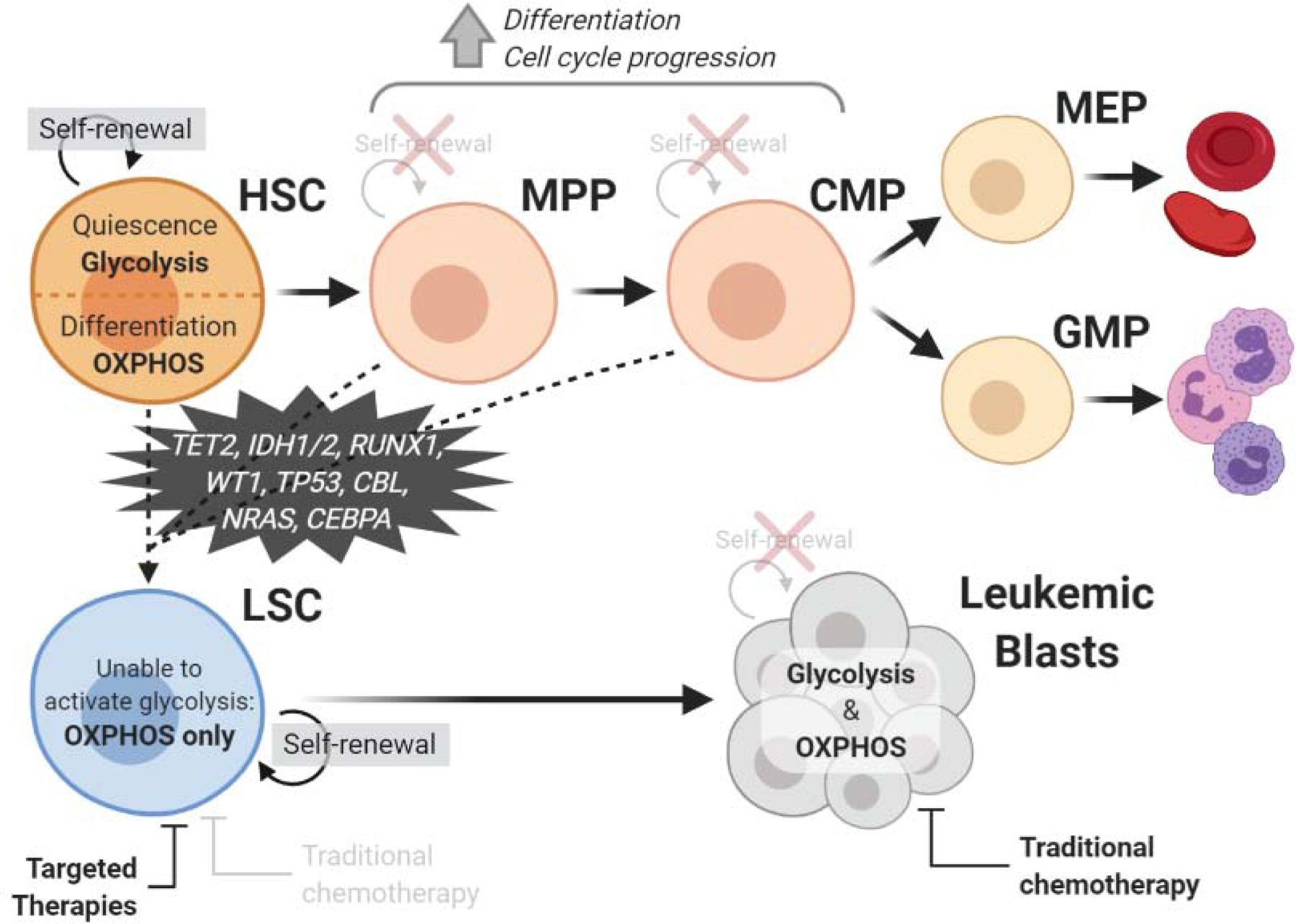Figure 1: Comparison of normal and leukemic myeloid hematopoietic hierarchies.

Hematopoietic stem cells (HSCs) self-renew and primarily exist in a glycolytic state during quiescence but switch to oxidative phosphorylation (OXPHOS) upon differentiation. HSCs differentiate into multipotent progenitors (MPPs), which lose the ability to self-renew but have increased frequency of cell cycle progression and differentiation activity. The MPP then differentiates to a common myeloid progenitor (CMP), which can become a megakaryocyte–erythroid progenitor (MEP), generating erythrocytes and platelets, or a granulocyte-macrophage progenitor (GMP), generating granulocytes. Both HSCs, MPPs, and CMPs can potentially become a leukemic stem cell (LSC) through the acquisition of transforming mutations. LSCs also have the capacity for self-renewal and are uniquely reliant on OXPHOS. They differentiate to produce leukemic blasts, which lose the ability to self-renew but can use both glycolysis and OXPHOS. While leukemic blasts are sensitive to traditional chemotherapy, LSCs require targeted therapies for their eradication. Created with BioRender.com.
